#herbals
Text

uprooting of a mandrake
illustration in a book of medicinal plants, bavaria, c. 1520-30
source: Munich, BSB, Cod.icon. 26, fol. 59r
#16th century#herbals#mandrakes#mandragora#dogs#plants#hybrids#musical instruments#ecocriticism#medieval art
129 notes
·
View notes
Text

Slainte!
This clover illustration is from a 1528 book on the distillation of the waters of herbs for medicinal purposes. The word slainte means "health" in Irish and is a salute said before consuming a drink with another person to wish good health to that person or persons. This book lists trifolium or clover as having medicinal properties which are being studied to this day. I'm not saying drink your clover this St. Patrick's Day, but I do like the connection.
The vertuose boke of distyllacyon of the waters of all maner of herbes, 1528. By Hieronymus Brunschwig.
#clover#herbal books#rare books#scientific illustration#materia medica#woodcut#st. patrick's day#slainte#st#st. paddy's day#irish#ireland#clovers#botanical illustration#herbs#herbals#old books#16th century#othmeralia
264 notes
·
View notes
Text

Cacao. Flore médicale. 1833.
Internet Archive
357 notes
·
View notes
Text
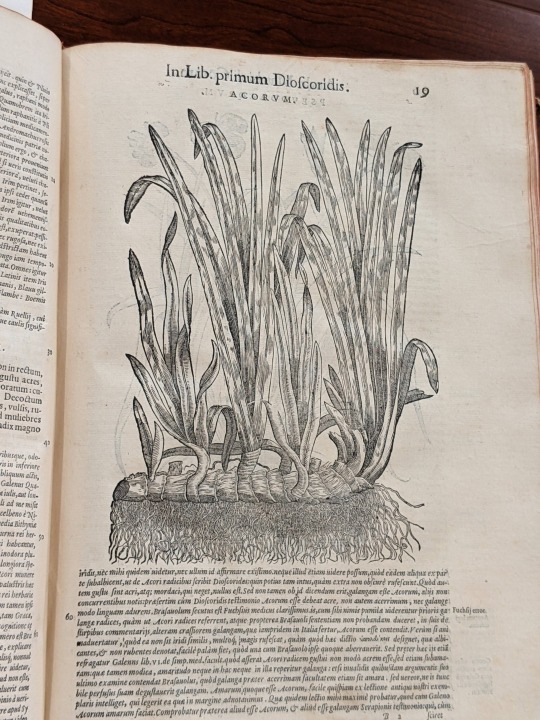


One of these things is not like the others...
At first glance, this looks like the same plant in three different herbals. All three illustrations are labeled Acorus, which we know today as Acorus calamus, or sweet flag. It's an aquatic plant that doesn't bear a flower, and it has been used in traditional medicine around the world. But only the first illustration actually shows Acorus calamus.
The next two illustrations show a plant we know today as Iris pseudacorus, or yellow flag. It's native to Europe and is considered an invasive species in parts of the United States. It looks so much like Acorus calamus, that's how it got the name pseudacorus - but one of its distinguishing features is its yellow flower.
1: Dodoens, Rembert. Cruydt-Boeck. Inde plantijnsche druckerije van Françoys van Ravelingen, 1618.
2: Arnaldus de Villanova. Herbolarium de Uirtutibus Herbarum. [Impressum per Ioannem Rubeum & Bernardinū fratres Vercellenses, Anno Domini MDVIIII die XV Marcii], 1509.
3: Fuchs, Leonhart. De Historia Stirpivm Commentarii Insignes ... : Adiectis Earvndem Vivis Plvsqvam Quingentis Imaginibus ... Accessit ... Uocum Difficilium & Obscurarum Passim in Hoc Opere Ocurrentium Explicatio. In officina Isingriniana, 1542.
#botanical illustration#scientific illustration#herbals#bookhistory#woodcut#renaissance#1500s#1600s#plants#botany#rare books#special collections#university of missouri#mizzou#libraries#kelli h#columbia mo
63 notes
·
View notes
Text
Book Progress!
I've been either sick or trying to play catch-up for the past six weeks, but I am ALMOST done with the to-do list of not-writing-the-book stuff that can't be put off until later. So today was another day where I spent the first half of it on knocking things off the list, and the other half actually working on The Everyday Naturalist.
I started the day at 11,951 words, and wrapped up at 13,867--just shy of 2,000 words for the day. I'm still slogging through the history of taxonomy chapter, which is requiring me to do a lot of research and fact-checking, and it's been an incredibly fascinating rabbit hole to be exploring. I spent much of the time working on the section on medieval bestiaries and herbals, and it's honestly tough to summarize all these texts into a few paragraphs while hitting relevant highlights. I'll be glad to get to the rest of the book where for the most part I can just, y'know, write what I know, but I'm really enjoying making my brain melt out of my ears in the meantime. And I think that even though this book is primarily a how-to text, the theoretical sections will add more context and make it a more solid work overall.
For now, time to get some sleep. Tomorrow's Friday, and then I finally get a real weekend off!
8 notes
·
View notes
Text
This large, unbound manuscript, LJS 278, is full of stunning watercolor illustrations of flora, fauna, and more. Written in Persian, this text examines the medicinal uses of plants, animals, and minerals. The piece most likely dates from either 1595 or 1645. Thank you Nell Fossa for bringing us #MedicalMonday every week!
Online: https://franklin.library.upenn.edu/catalog/FRANKLIN_9949183233503681
#medicalmonday #upenn #herbals #botany #science #medical #ivyleague #librariesoftumblr #sims #aesthetic #academia #manuscripts
#medicalmonday#upenn#herbals#botany#science#medical#medicine#plants#ivy league#librariesoftumblr#sims#aesthetic#academia#manuscript#medieval#persian#persia#illustration
58 notes
·
View notes
Video
n325_w1150 by Biodiversity Heritage Library
Via Flickr:
Flore médicale /. Paris :Imprimerie de C.L.F. Panckoucke,1828-1832.. biodiversitylibrary.org/page/32619621
#1833#Botany#Medical#Copper engraving#France#Graphic media :#Hand-colored#Herbals#Materia medica#Vegetable#Pictorial works#Plants#Smithsonian Libraries#bhl:page=32619621#dc:identifier=http://biodiversitylibrary.org/page/32619621#flickr#botanical illustration#scientific illustration#ocimum basilicum#basil#great basil#herb#culinary herb#cottagecore#flowercore
2 notes
·
View notes
Photo

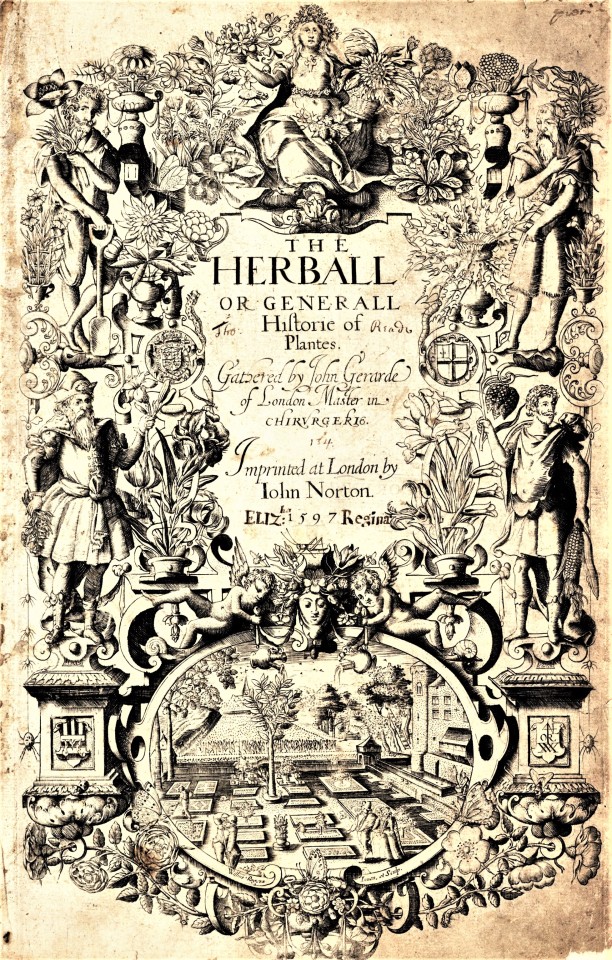

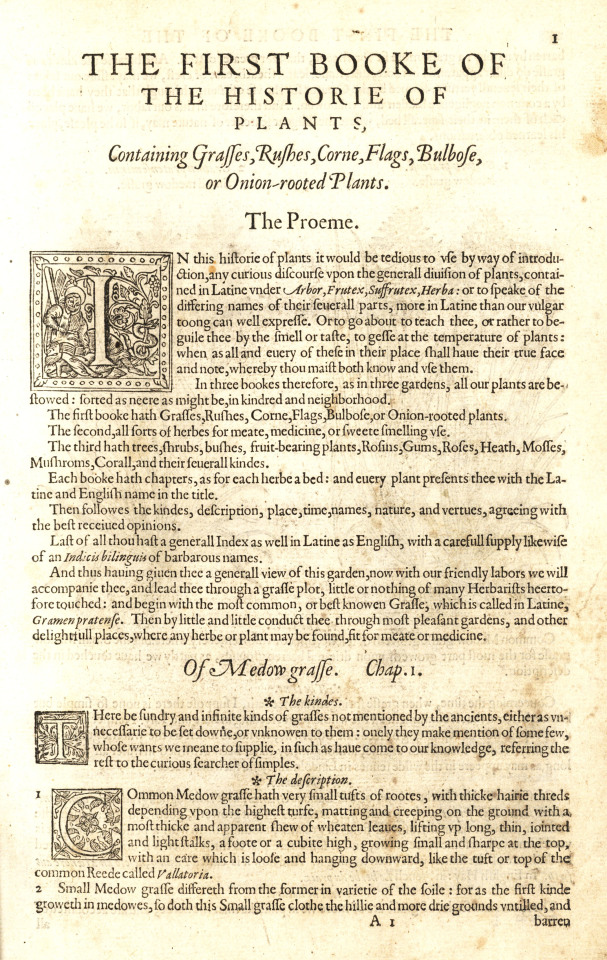

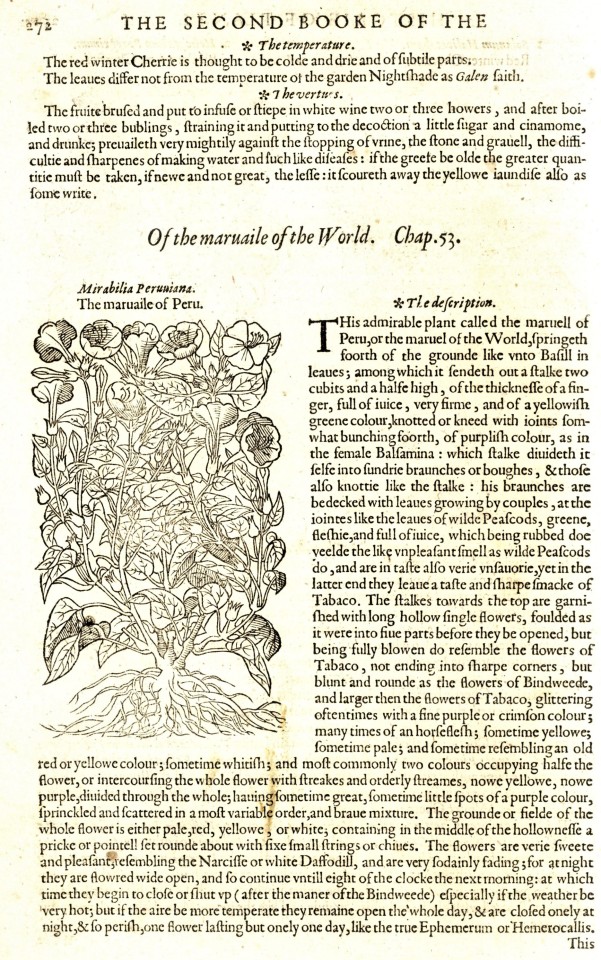



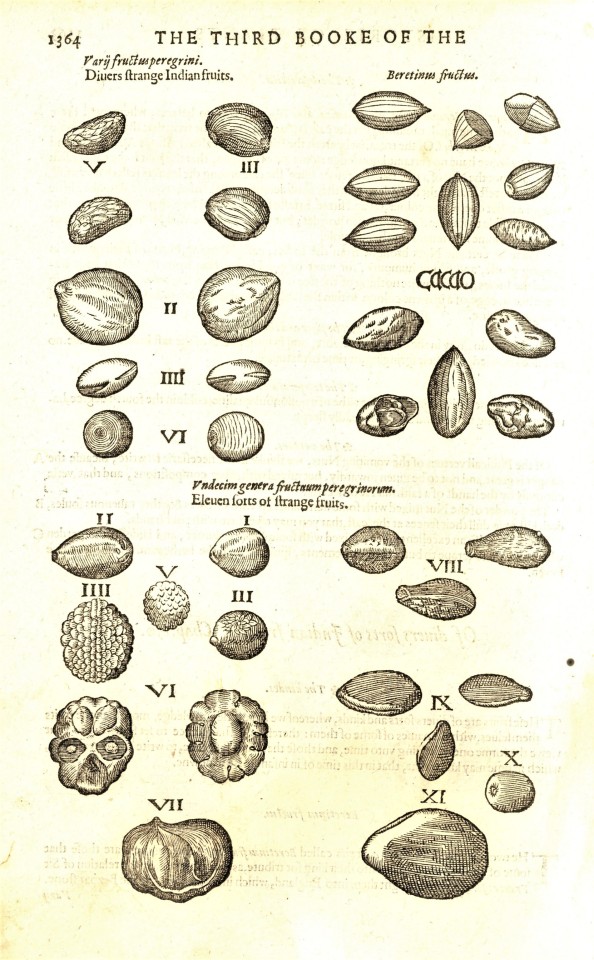
Science Saturday: Gerard’s Herball
Among our favorite books in the collection is the 1597 first edition of English herbalist and gardener John Gerard’s The Herball, or, Generall Historie of Plantes, published in London by the Queen's Printer John Norton. Besides its important place in the popular British understanding of plants, we are also impressed by its folio-sized, 1,484-page heft and its hundreds of delightful woodcut illustrations.
Gerard himself was not a botanical scholar. He was, rather, a high-ranking barber-surgeon, and as such maintained a strong interest in herbalism, supervising significant gardens, and becoming internationally recognized as a dedicated horticultural enthusiast. Despite his lack of scholarship, he is considered one of the founders of botany in the English language, and was among the earliest Renaissance natural historians, relying on empirical evidence rather than ancient authority, following in the line of such botanists as Leonard Fuchs and Gerard’s fellow plant enthusiast Matthias de l'Obel.
Gerard had already gained some notoriety with his earlier 1596 Catalogus arborum, fruticum, ac plantarum, a catalog of 1,039 rare plants he cultivated in his garden at Holborn, and it was the printer John Norton who approached Gerard with the idea of producing an English version of Flemish botanist Rembert Dodoens’s popular herbal, Stirpium historiae pemptades sex published in 1583, which was itself a Latin version of an earlier Flemish work by Dodoens, the Cruydeboeck published in 1554. Earlier work on a popular English-style herbal (Dodoens’s herb book had already been translated into English in 1578) had been attempted by English botanist Robert Priest before he died in 1596 and Gerard has been accused of plagiarizing Priest as well as Gerard’s contemporary l’Obel.
This may or may not be true, but what is true is that only 16 of the approximately 1,800 woodcuts used in the Herball are original. Norton rented the majority of the woodblocks from the Frankfurt woodcutter and printer Nicolaus Bassaeus, which had already been used in several other previously published botanical publications. Despite its derivative nature, Gerard’s Herball remained a popular, standard English reference source for well over a century, with revised and updated editions produced in 1633 and 1636.
View other posts that include Gerard’s Herball.
View other posts with botanical illustrations.
View other Science Saturday posts.
#Science Saturday#John Gerard#Gerard's Herball#John Norton#botany#The Herball or Generall Historie of Plantes#botanical art#botanical illustrations#woodcuts#16th-century books#herbals#horticulture
98 notes
·
View notes
Text

ICYMI: We have herbal teas now! (Click image for our Etsy shop)
#tea#teas#herbal tea#herbal#herbals#wildflower#herbal remedy#herbal remedies#wildflowers#natural medicine#natural#organic
4 notes
·
View notes
Text

From: Hill, John, 1714?-1775. The British herbal : an history of plants and trees, natives of Britain, cultivated for use, or raised for beauty. London : Printed for T. Osborne and J. Shipton in Gray's-Inn, J. Hodges, near London-Bridge, J. Newbery, in St. Paul's Church-Yard, B. Collins, and S. Crowder and H. Woodgate, in Paster-noster-Row, 1756
QK45 .H65 1756
#flowers#violet#pansy#dyersweed#rocket#catchfly#plants#herbs#medicinalherbs#herbals#botanicalillustration#naturedrawing#english#1750s#mid18thcentury#florafriday#floralfriday#fridayflowers#rarebooks#specialcollections#libraryofva
43 notes
·
View notes
Text
:: herbal healing ::
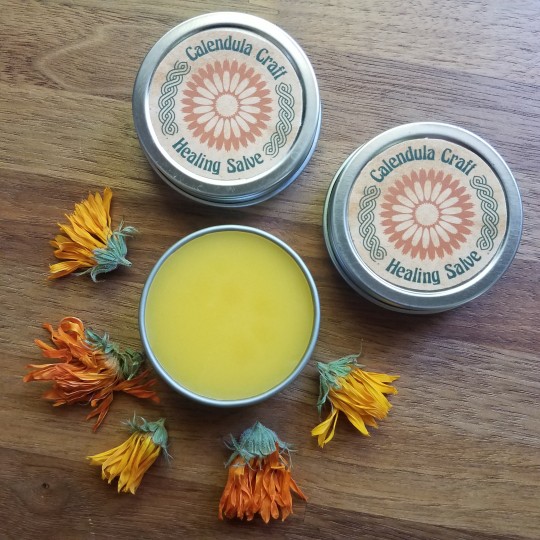
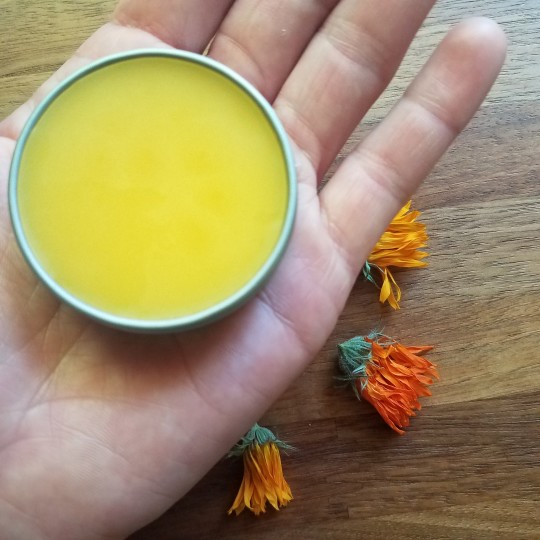
Made from natural ingredients and organic calendula blossoms, our healing hand cream has long been a favorite among friends & family. Now we are sharing our natural medicine with the world via the Calendula Craft.
Add the healing power of calendula to your skin care routine:
#herbalism#handmade#slow living#herbals#handmade herbals#natural#natural healing#gentle skin care#natural living
2 notes
·
View notes
Text
“a mixture of rose water and bruised aniseeds placed in a string bag was believed to give a cold smell and procureth sleep' if it was tied onto the upper lip so that its fumes could infuse through the nose during the night."
…yeah, my sleep is legendarily bad, and chronic pain and untreated ADHD certainly haven’t helped, but I feel I can’t be the only one who would find it impossible to sleep with rosewater and bruised aniseed *tied to my upper lip*?!? Presumably in some sort of bag or bottle?!
#insomnia#chronic illness#early modern history#early modern medicinals#chronic pain#herbals#the fuck dude
5 notes
·
View notes
Text
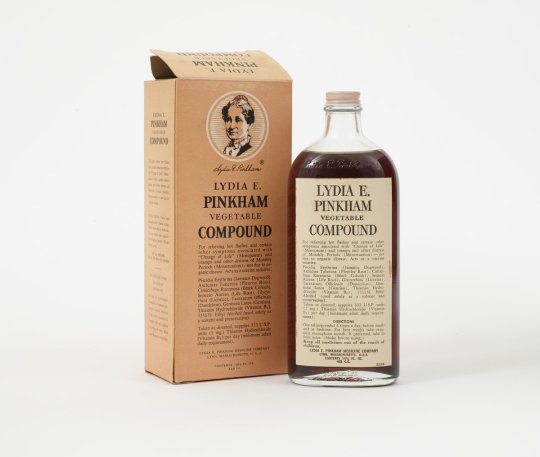
We'll drink a drink a drink to Lily the Pink, the Pink, the Pink!
Anyone familiar with that song? The lyrics talk about the "medicinal compound" invented by Lily the Pink, and chronicle the "efficacious" cures it has brought about, such as inducing morbid obesity to cure a weak appetite.
Lydia E. Pinkham brand "Vegetable Compound", containing extract of Piscidia Erythrina (Jamaica Dogwood), Asclepias Tuberosa (Pleurisy Root), Cimicifuga Racemosa (Black Cohosh), Vitamin B1, Dandelion, and other ingredients.
Lydia E. Pinkham, née Estes, (1819-1883) was an American proprietor who commodified her homemade herbal-alcoholic supplements, claiming they could cure any “female complaint” from menstrual discomfort to a prolapsed uterus. Pinkham began making her medicine as a home remedy, which she freely shared with family and friends. In 1875, her “Vegetable Compound” made its debut commercial appearance for $1 a bottle. In Pinkham’s life, the business grew from her cellar kitchen to a manufacturing plant that would gross just under $300,000 a year. The product is still sold today in a modified form.
Though medical experts dismissed Pinkham’s products as quack remedies, the supplements’ popularity among women persisted. Aggressive marketing of Pinkham's products contributed to their acceptance by women; slogans such as “Only a woman can understand a woman’s ills,” targeted the many women who were hesitant to consult male physicians about menstruation or other women’s health issues.
Image citation: Science History Institute. Lydia E. Pinkham's Vegetable Compound for Menopause and Menstruation. Photograph, 2023. Science History Institute. Philadelphia.
#lily the pink#women in science#herbals#digital collections#medicinal compound#vegetable compound#museum objects#Othmer library#othmeralia
19 notes
·
View notes
Text

eärth energy -::- @roseeadsdesign
source
#Crystal#crystals#flower#flowers#petals#witchcraft#witchcore#nature#naturecore#nature photography#calm#zen#florals#meditation#eucalyptus#rose#rose petals#my practice#herbal#herbals#apothecary#herbal medicine#earth#gaia#hippy#hippycore#cottagecore#cottage witch#cottagecore vibes#cottageblr
4 notes
·
View notes
Text

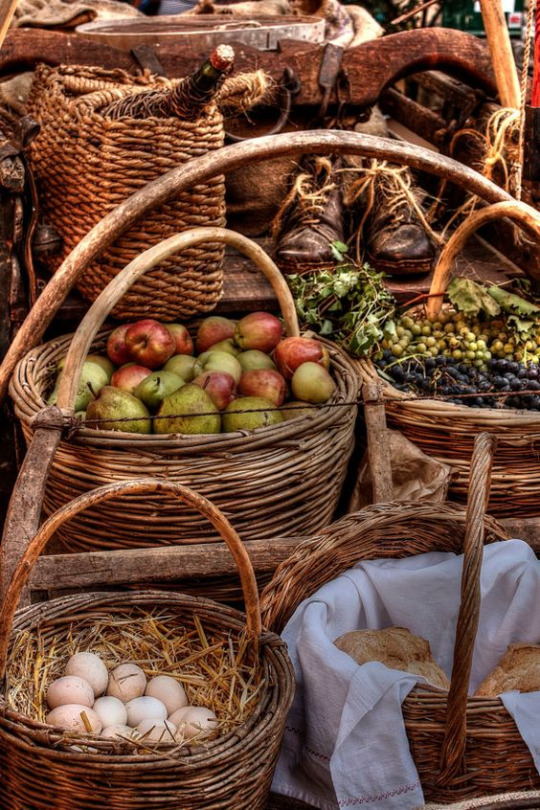
"Let food be thy medicine and medicine be thy food."
-Hippocrates
#fruits#medicine#remedies#medieval#classical period#hippocrates#aesthetic#aesthetic layouts#quotes#quotations#moodboard#romantisism#herbs#herbals
14 notes
·
View notes
Text
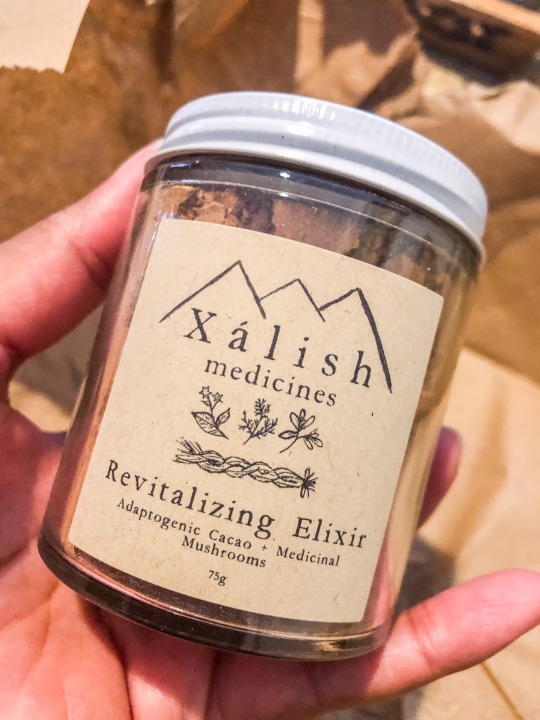



Some health yummies from Jacqui with Amongst The Wildflowers.
#health#preventive health#health and wellness#xalish medicines#plant medicine#herbalist#herbals#herbal medicine#womb healing#womb herbs#cacao#coffee alternatives#love#lifestyle#tumblr#adaptogenic#medicinal mushrooms#umi ananda
3 notes
·
View notes
